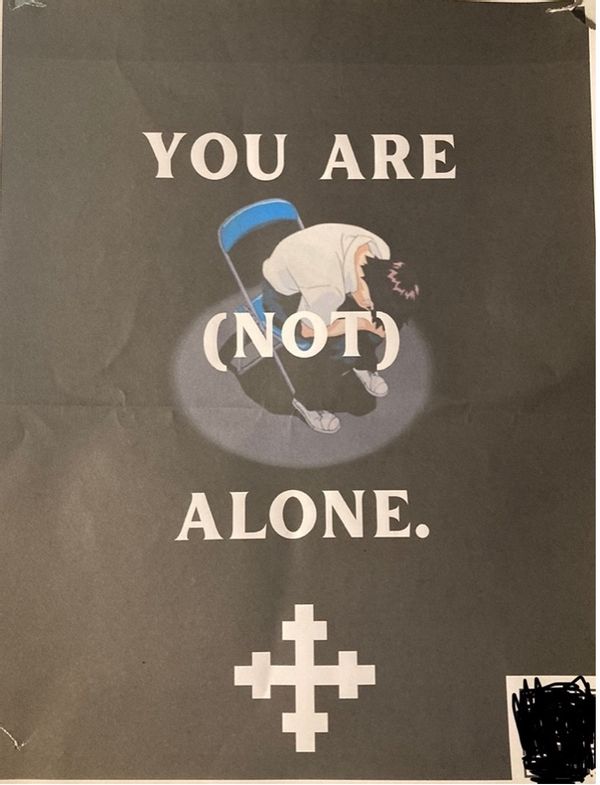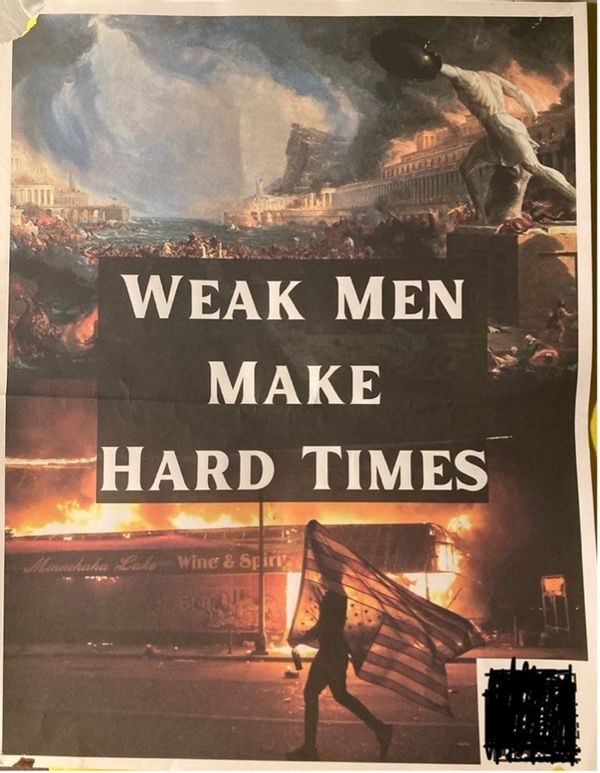American colleges and universities have long had a large conservative contingent – even during the anti-war protest movement of the 1960s.
Governor Ron Desantis’ (R-FL) recent decision to fire the president of New School University, replace the board of trustees, and abolish diversity equity and inclusion programs in higher education came as a shock, even to most conservatives. His actions mark another volley in the “war on awakening,” as he and his right-wing peers call it. Yet for scholars who study the far right and those who work on college campuses, DeSantis’ actions reflect the extent to which the right influences college culture and politics. It may surprise you to know that this is nothing new.
Most Americans believe, largely influenced by the media, that university and college campuses are bastions of left-wing ideology. Yet American colleges and universities have long had a prominent conservative contingent—even during the anti-war protest movement of the 1960s. Over time, the work of student movements was integrated into the organizational structure of the establishment; it’s well known. Yet most are probably unaware of a new phenomenon occurring on college campuses, in which far-right organizers have sought to use them as a venue for protest, recruitment and protest/counter-protest. .
Since 2011, hate crimes on college campuses have risen sharply in the United States. The latest data available, at the time of publication, from the Anti-Defamation League (ADL) found a total of 313 instances of white supremacist material on campuses for the 2018-2019 school year. These cases include bomb threats against historically black colleges and universities, gag orders against teaching, threats against specific scholars, and the weaponization of critical race theory to create controversy over the curriculum.
Far-right ideology has been largely mainstreamed through the creation and organization of online communities. This often manifests in real-world violence, such as when conservative pundits Richard Spencer or Milo Yinappplous hold campus talks and planned marches such as the Unite the Right rally on the University of Virginia campus in 2017, all of which resulted in violent clashes.
This would explain, at least anecdotally, why there are growing reports from educators (with whom we spoke) of increasing incidents of racist, sexist, and discriminatory behavior on college campuses. Some of these incidents — like the recent controversy at the University of Missouri where a student used racial slurs in a Snapchat message to another student and joked about the murder of three black University of Virginia student athletes — illustrate the limited power University administrators have over such situations.
While the administration later condemned the student’s position, the University was unable to take First Amendment disciplinary action. This is a major area of controversy and contradiction in the contemporary era of American academia – which condemns racial discrimination but rarely takes action on racist incidents or confronts many systemic issues within the ‘institution.
Students took to social media, first to bring the incident to the administration’s attention, and when nothing was done, to express their outrage. Mizzou YDSA (Young Democratic Socialists of America), published his annotated version of the announcement made by the administration.
Such incidents are actually nothing new for college campuses. And, despite conservative accusations that they are silenced or censored, empirical studies and experts have shown this to be false. While a few anecdotes might be dismissed as the work of a few bad apples, our own research on the far right reveals something a little more deliberate than a leaked electronic communication. The Southern Poverty Law Center tracked recruitment flyers from white nationalist groups from 2016 to 2017, reporting 329 flyers on 241 college campuses — like the ones below.
(Photo courtesy of AF Lewis) (Photo courtesy of AF Lewis) (Photo courtesy of AF Lewis)
(Photo courtesy of AF Lewis) (Photo courtesy of AF Lewis)
(Photo courtesy of AF Lewis)
These early observations seem to indicate that far-right groups are adopting the same tactics in all university systems. Meanwhile, administrators seem unable or unwilling to act against these disturbing flyers.
As Vegas Tenold observed in his 2018 book “All You Love Will Burn,” the alt-right demographic that attends universities consists primarily (but by no means exclusively) of “white fraternity boys.” [who] could now explain to the world how the white boys of the fraternity were the real victims of feminism, affirmative action and other forms of anti-white persecution and could, with a straight face, stand up in public and rejoice that someone is finally fighting for their rights as well-to-do white college kids. These people are often armed with the full force of their connection to the University, outside of online communities, formal organizations with resources, and even the support of some politicians.
As educators, we have both seen the ramifications of conservative leadership on higher education. This includes cuts at the state and federal level, but also a shift in higher education to a consumer model. The impact on higher education has been an erosion of standards in favor of student retention and satisfaction. While the shift to a more “student-centric” model has some merits, under conservative leadership it has been weaponized to weed out people who disagree with conservative ideology, including those who try to have their students think critically about religion, those with poor evaluations of teaching (who are disproportionately women, people of color, and other minorities), or those who would criticize the University.
Want more science and higher education stories in your inbox? Subscribe to Salon The Vulgar Scientist’s weekly newsletter.
While University management is unable to challenge the status quo, students are mobilizing to change this system. Some of this is already happening, like in the University of California school system, where students have gone on strike over low pay, poor health care, lack of COVID-19 protections and a variety of other problems. Yet the growth of far-right ideology is a direct result of the University’s adoption of an individualistic “student-centered” model of education reminiscent of service work – in which students are seen more as passive consumers of education as a good provided by professors and teachers. YOUR. The market-oriented conception of higher education fuels right-wing views that education is a consumer purchase rather than a social good.
Just as students in the 1960s had to learn to find their voice, so do students today. However, speaking out on campus can have consequences. At the time of writing, striking graduate students at Temple University are losing their tuition rebate, health care coverage, and have one month to pay their full tuition. Perhaps through the actions of these students and their allies on the ground, a vision of the future that runs counter to that of the alt-right can be more clearly articulated than the left cannot. failed to do.
Learn more
on higher education and politics
insideheadline
Don’t miss interesting posts on Famousbio









